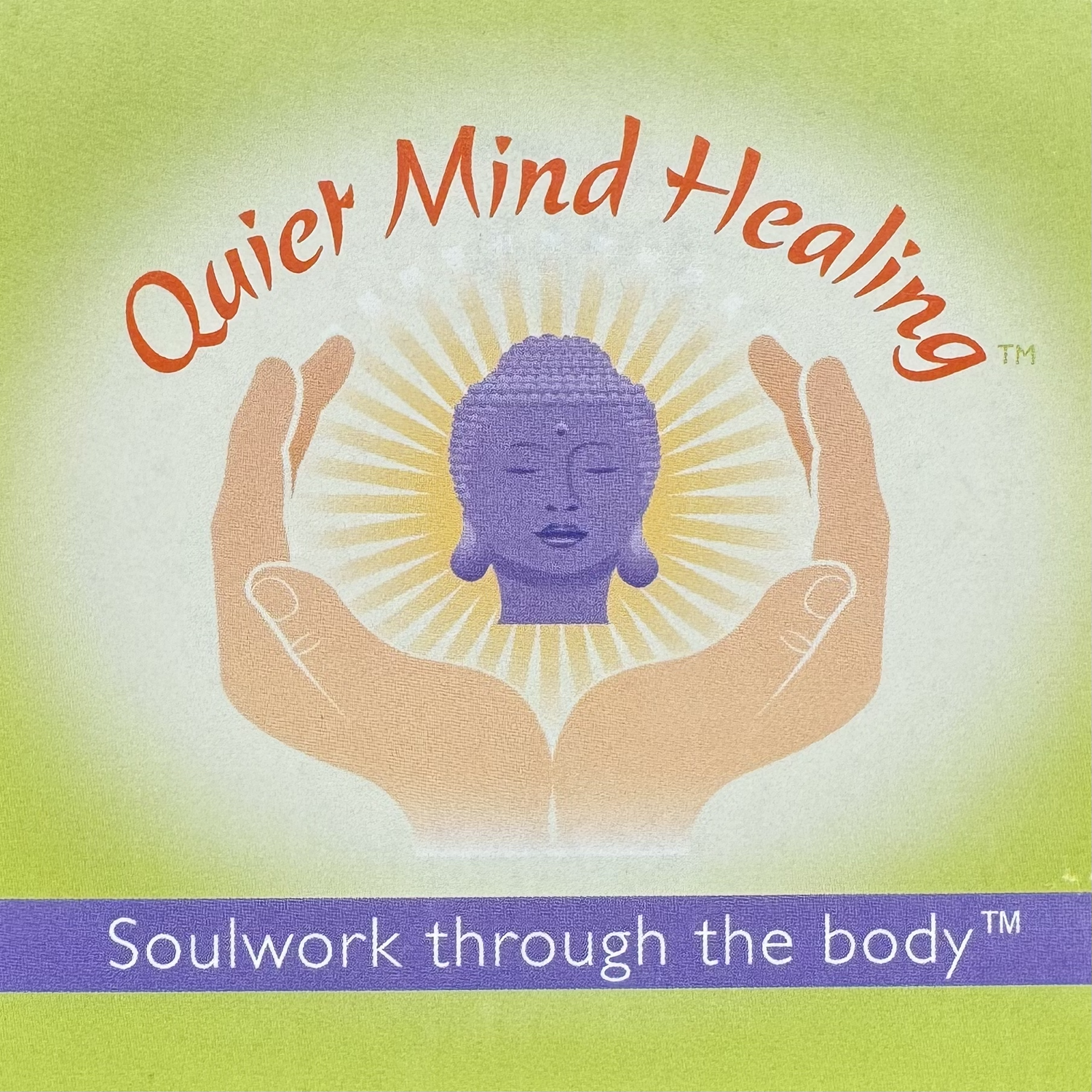The Stages of Rehabilitation
“Unless we restore symmetry and alignment to the body, we will face increased strain and limited
range of motion. “ y pritam hari
Healing injury is a challenge, and there are widespread misconceptions over when to begin “working out” again. We tend towards impatience, and expect our bodies to work way too hard, way too soon. But without awareness, injury and residual strain only distorts posture and movement over time. With our participation, however, anything is possible. The body can be softened and molded like clay; its structure and mobility restored. Scar tissue can be softened and dissolved. Organs can heal.
All living tissue evolves by constantly birthing new cells.
In my experience, i see 4 stages to Rehabilitation, and they need to happen like this:
1 Release SPASM
2 Restore Flexibility
3 Restore Strength
4 Restore Endurance
i use this approach with clients, because it works.
Bodies appreciate being kept safe.
They let down their guard, and let go their fear.
It’s common to be impatient with our bodies, and want to skip ahead to strength training right away. But it may be too soon!
Let’s take a breath, and ask your body if it’s ready to jump back in…
Release the spasms first
The tissue needs to relax and soften to circulation, which is both cleansing and healing. Restore circulation and fluid flows (blood, lymph, cerebrospinal fluid). Move gently to awaken stagnant nerves.
Restore flexibility
Scar tissue from injury, and poor posture, both compress the body. This creates chronic tension, tissue stagnation, and pain. Tightness restricts circulation and breath. The best way to re-enter the body and start to melt the scar tissue down is to breathe and stretch gently around the restriction or scar. Staying at the periphery and opening in toward the scar warms the area, so it can safely unwind.
Restore strength
Using the breath, practice isometrics first. Learn to synchronize breath, movement, and core muscle contraction without strain. Keep breathing steady, and through the nose if possible. During rehabilitation, there should not be any strain. Allow the body to determine the pace.
Restore endurance
Walking rhythmically over variable terrains, while breathing steadily, enhances cardiovascular health, while causing no impact to the joints and no strain to the heart. Gradually build time up, and walk on different paths.
Strain is never worth it, at any stage, because it reactivates fight-or-flight. At the neurological level, healing is a process of calming down inside.
Healing happens on its own once our energy begins to flow.
Parasympathetic relaxation, the healing side of the nervous system, initiates that flow:
STOP, get quiet for a few minutes, and slow your exhalations down.
This helps your body relax and shift into healing mode. Do this regularly throughout the day, and you will find yourself calmer and less disturbed.
We accumulate pressures over time, and they may take some time for them to unwind. It helps immeasurably to have professional support. We are training our mindset for the new reality that has dawned: the quantum reality where anything is possible the instant we focus our mind and heart.
Get the help you need to succeed.
Contact Quiet Mind Healing today.
With more connection and knowledge of how our bodies work – and taking the stages of rehabilitation in order –
new vitality and faster healing can be right in our hands –
here and now today!
